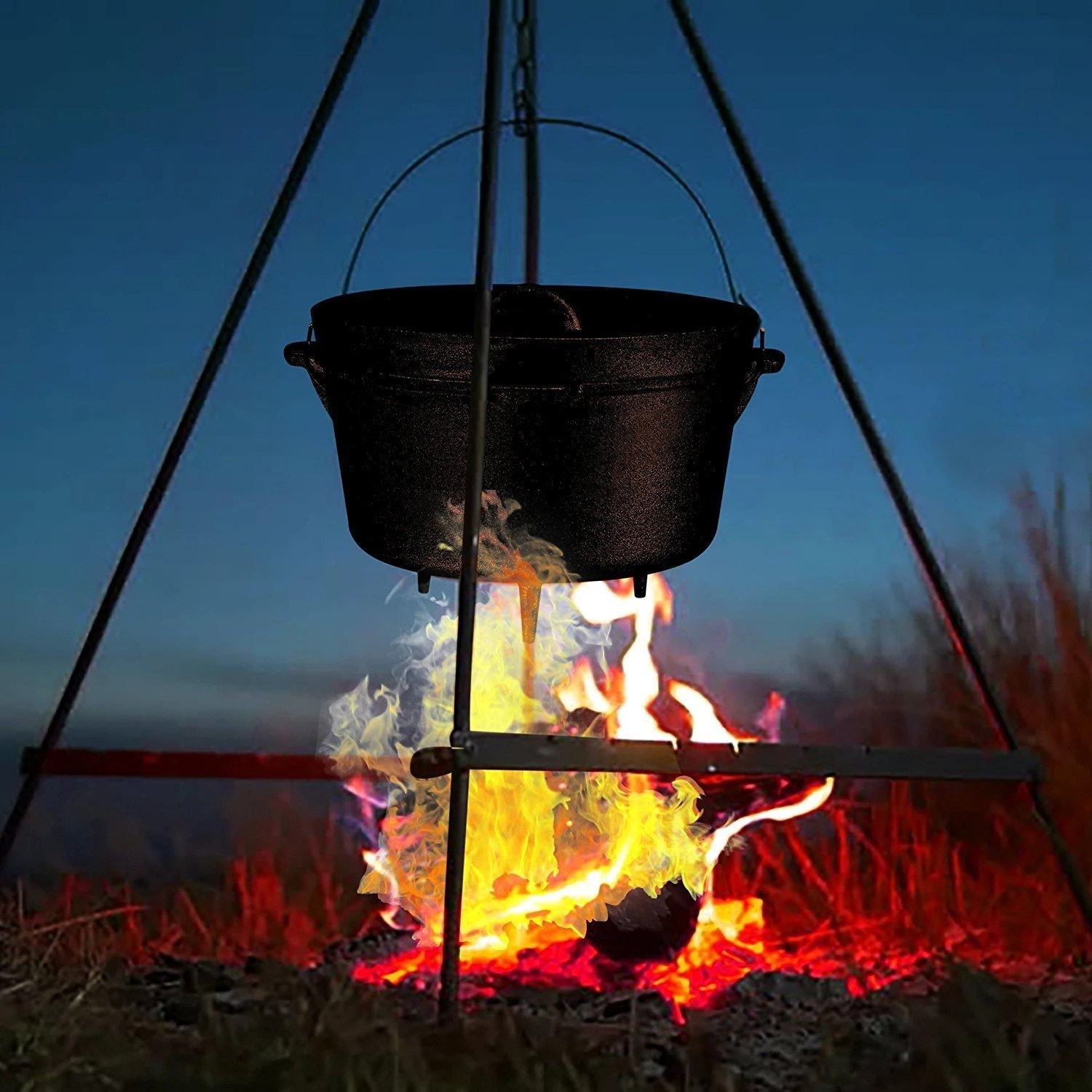
What Materials Are Used in Crafting a Dutch Oven and Their Benefits?
What Material is a Dutch Oven Made Of?
The Dutch oven is a beloved cooking vessel known for its versatility and excellent heat retention properties. Whether you’re braising meat, simmering soups, or baking bread, this kitchen staple offers incredible functionality. However, many home cooks might wonder about the materials that make up these iconic pots. The material of a Dutch oven significantly impacts its cooking performance, durability, and ease of use. Below, we will explore the different materials used to make Dutch ovens and their respective benefits.
Cast Iron
The most traditional and popular material for a Dutch oven is cast iron. Cast iron Dutch ovens are renowned for their ability to retain and distribute heat evenly. This characteristic is essential for slow-cooking and stewing, allowing food to cook uniformly without hot spots. Cast iron also has exceptional durability; with proper care, these vessels can last a lifetime and even become family heirlooms.
Additionally, many cast iron Dutch ovens come with an enamel coating. This enamel not only prevents rust and makes for easy cleaning, but it also allows for cooking with acidic ingredients, which regular bare cast iron may react with. Enamel-coated Dutch ovens are available in various colors and designs, making them attractive enough to serve directly at the table. However, it's important to handle them with care to avoid chipping or scratching the enamel.
Aluminum
Another material used to manufacture Dutch ovens is aluminum. Although less traditional than cast iron, aluminum Dutch ovens have gained popularity due to their lightweight nature and resistance to corrosion. Aluminum heats up quickly, which can reduce cooking time and energy usage. However, aluminum does not provide the same heat retention as cast iron, meaning you might not achieve the same depth of flavor when braising or slow-cooking.
Most commonly, aluminum Dutch ovens feature a non-stick surface. This aspect makes them handy for certain cooking tasks, particularly where sticking might be an issue. They are easier to maneuver and clean, making them appealing for everyday use. However, they may not be as durable as their cast iron counterparts and can sometimes warp under high heat.
what material is a dutch oven made of

Stainless Steel
Stainless steel is another option for those looking for a Dutch oven. Known for its sleek appearance and non-reactive properties, stainless steel Dutch ovens are durable and resistant to staining and rust. They typically feature a thick base to promote even cooking and can handle high temperatures, making them suitable for both stovetop and oven use.
While they do not retain heat as effectively as cast iron, many stainless steel Dutch ovens come with additional features, such as aluminum or copper cores, to enhance heat conductivity. They are also dishwasher safe, making them easy to clean after a long cooking session. However, some cooks might find that stainless steel does not develop the same depth of flavor that cast iron does, particularly when it comes to braising.
Ceramic
Ceramic Dutch ovens are less common but still worth mentioning. They are typically made from clay and then glazed for a smooth finish. Ceramic vessels can distribute heat effectively but may not retain heat as well as cast iron. They are also non-reactive, making them suitable for cooking acidic dishes.
One major advantage of ceramic Dutch ovens is their aesthetic appeal. Available in various colors and designs, they can be quite beautiful and can go directly from the oven to the dining table. However, they tend to be more fragile than metal options and can crack if dropped or exposed to extreme temperature changes.
Conclusion
In conclusion, the material a Dutch oven is made of significantly influences its functionality in the kitchen. Cast iron remains the gold standard for those seeking durability and excellent heat retention, while aluminum offers a lightweight alternative. Stainless steel provides a modern, easy-to-clean option, and ceramic Dutch ovens bring beauty to the table. Each material has its own unique advantages and disadvantages, so the choice ultimately depends on your cooking needs and personal preferences. Whether you opt for traditional cast iron or one of the alternative materials, a Dutch oven is a worthy investment for any kitchen enthusiast.
-
Season Cast Iron Perfectly with GPT-4 Turbo TipsNewsAug.01,2025
-
High Quality Cast Iron Cookware - Baixiang County Zhongda MachineryNewsAug.01,2025
-
Premium Cast Iron Pan: Durable & Perfect HeatNewsAug.01,2025
-
High Quality Kitchen Durable Black Round Cast Iron Cookware Pancake Crepe Pan-Baixiang County Zhongda Machinery Manufacturing Co., Ltd.NewsAug.01,2025
-
Cast Iron Cookware - Baixiang County Zhongda Machinery | Nonstick, Heat ResistanceNewsAug.01,2025
-
High Quality Kitchen Durable Black Round Cast Iron Cookware - Baixiang County Zhongda Machinery | Non-Stick, Heat Retention, DurableNewsJul.31,2025


